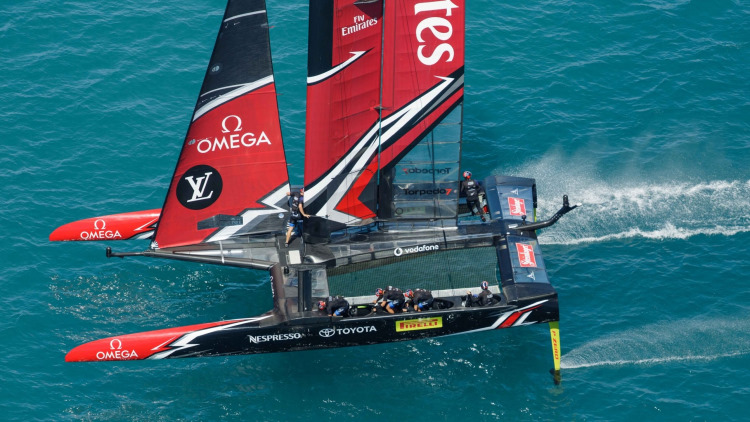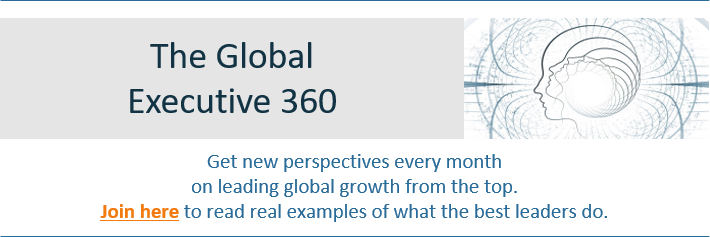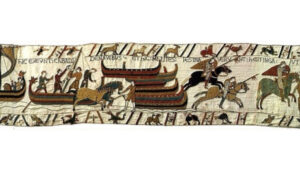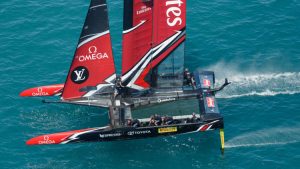Creative thinking is putting a bicycle on a boat. Innovation is knowing what to do with the freed-up resources.
One of sailing’s greatest competitions – the America’s Cup – is reaching its 2021 climax. For the spectators, watching the boats glide at high-speed across the water is an impressive sight. The 2017 race was notable for another sight: the novel use of bicycles by Team New Zealand.
The Kiwi’s insight was using bicycles to grind the winches. And because pedal power is greater than arm power, the team got up to 15% more power over a longer period of time.
The real innovation on board
The truly clever part was what the bicycles enabled the crew to do. It meant control of the boat was split between three people (instead of two). This reduced the task load on the helmsman. So he could focus on steering the boat in the optimal direction.
The second big benefit was that Team New Zealand stayed up on the hydrofoils for longer – generating faster average speeds as the boat flew over the water.
So while people smile at the novelty of bicycles on a boat, the real benefit was the integrated package of innovation. The bicycles freed up the resources needed to optimise performance outcomes and win the cup.
Optimisation across global sites and functions
I see global managers trying to free up resources. They think it will improve performance. It rarely does. It’s the equivalent of putting bicycles on boats. Offshoring internal services or production can quickly create bottlenecks and higher costs elsewhere in a global company.
The best managers know that getting more resources is an intermediate objective.
They – and you – can take innovation a step further. A good place to start are these questions:
- Time and Innovation. When you free up more time for yourself or your people, what will it enable you/them to do?
- Cost and Innovation. How does cost-cutting in one global function/site enable growth across other functions/sites? (Warning: If cost-cutting is the end objective, your business may be heading for the rocks.)
- Capex and Innovation. How explicit is the link between your capital expenditure and global innovation outcomes? (Tip: Digitalsation needs managers and employees to adopt new behavoiurs to maximise the benefit.)
- People and Innovation. How do your investments in people development enable innovation across your global functions and sites? (Tip: Internal politics is still the biggest block on innovation.)
We’ve known for years that leg muscles outpower arm muscles. What Team New Zealand did – as the most innovative companies do – is figure out a way to turn a creative move into a complete package of innovation. It worked. They won the cup.

















